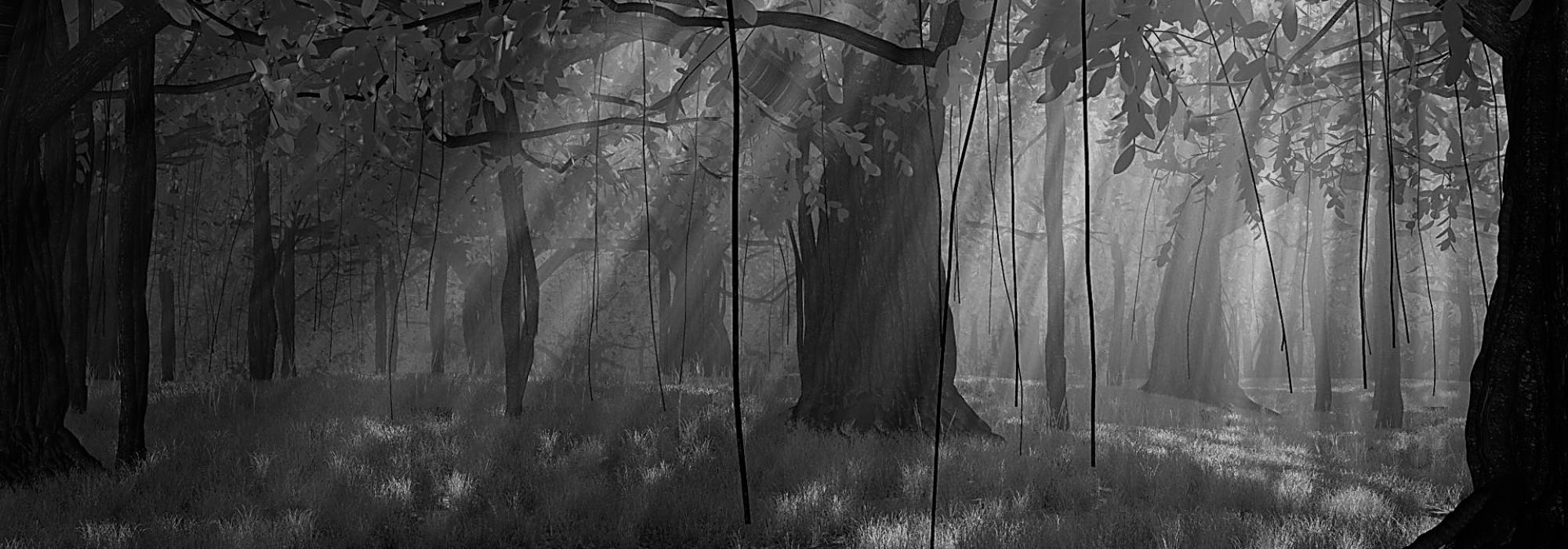ಮೆಯ್ ದೃಢ, ಮನಸ್ಸು ದೃಢ,
ದುಡಿವೆನೆಂಬ ನಿಶ್ಚಯ ಇವಕೆ ಸಮನಾಗಿ
ದೃಢವಾಗಿರುತ ನಮ್ಮ ರಾಜಣ್ಣ
ಬರೆದಿರುವ ಪುಸ್ತಕ ಅವೆಷ್ಟೊ!
ಅವುಗಳ ಜಾತಿ ಇನ್ನೆಷ್ಟೊ![Firm body, firm mind,
Firm resolve to work hard,
Being firm, our Rajanna
Written by him
are books – how many!
Genre spanned –
how many!]...ಕಾವ್ಯವನು ರಚಿಸುವುದು ಎಂತಂತೆ
ಅದರರಿವ ಹರಡುವುದು ಇದೆ ರೀತಿ ಪುಣ್ಯಕರ
ರಾಜಣ್ಣ ಈ ಪುಣ್ಯವನು ಪೂರ್ಣ ಗಳಿಸಿಹರು.[…just like composing poetry,
spreading their significance also leads to puṇya
Rajanna has earned this puṇya completely]
With these lines in his poetic collection Navarātri, Masti Venkatesha Iyengar has described succinctly and appropriately the personality of Rajarathnam. Throughout his life, Sri. G P Rajarathnam (5 December 1908–13 March 1979) found contentment and meaning in the service of spreading valuable insights that he realized while enjoying poetry and studying the philosophy of life. In one of his radio lectures in the 1950s, he said, “Whatever contentment and solace I have found in my ‘own’ compositions, I have found the same in works composed by ‘others’ too. While reading such works, This is from an ancient poet, this is modern, this is of this era, this is from this place – such distinctions don’t seem to register in my mind; instead I feel as absorbed in it as I would be if I have found my own composition that I had lost earlier due to some reason. After undergoing such experiences, without sharing them with others, I feel discontented.”
A Rebirth of Literature
The poets who found ‘rebirth’ due to the enthusiastic support and expository capabilities of Rajarathnam are countless! Right from the older poets like Ranna, Pampa, Janna, and Rāghavāṅka to the recent ones like DVG, Govinda Pai, T P Kailasam, and Samsa [A N Swamy Venkatadri Iyer], Rajarathnam is the reason our generation would find them nearer to our hearts and intellects. Rajarathnam recreated the conversations of Buddha and Mahāvīra. His Pampa-bhārata-sāra, Rannana rasa-ghaṭṭi, Śrīkaviratna, Hosagannaḍa Yaśodhara-caritā, and other commentaries were published sixty years ago (c. 1948). Rare are the students and teachers who haven’t found them useful. His early works like Cīnādeśada Bauddha-yātrikaru (Buddhist Pilgrims from China), Dharma-dāni-buddha, Milinda-praśna, Dharma-pada, Mahāvīrana Mātukate (Mahāvīra’s conversations), Bhagavān Mahāvīra, etc. filled an important lacuna in Hosagannaḍa literature. It’s beyond doubt that these works occupy an important place in the history of Kannada literature. In 1940, Rajarathnam translated into Kannada the sixty-six Jātaka stories that are part of the Sutta-piṭaka and published it under the title ‘Buddhana Kathegaḻu’ (The Stories of Buddha). The very next year he brought out another collection, which not only comprised the translation of Pālipajja Pupphañjali but also many other works of Buddhism and Pali literature, which introduced it for the first time to Kannada readers. These books are not only important as literary works but also as works that teach morality and wisdom. Some were directly reserved for expositing on dharma. Selected aphorisms of Confucius were published under the title Cīnādeśada Gāndhi (China’s Gandhi).
GPR’s work was not limited to just publishing these books. Whenever he got the opportunity to speak about them on any platform, he would speak about the profundity of the literature along with the sublime philosophy and outlook towards life propounded in these works, in a bid to attract the attention of Kannadigas.
“As long as the baby bird sits in the nest, there is no progress. If it has to attain progress, it should keep flapping its wings in the nest itself. When it gains strength, it should open up and fly out of the nest, onwards to the sky. Likewise, a man, as long as he feels weak and dejected cannot achieve anything. With a vision in his mind, if he stands up and tries, nothing is impossible.” – G P Rajarathnam
The Zeal to Impart Knowledge
Extraordinary was Rajarathnam’s zeal to impart to people anything he recognised to be valuable and good. While it was evident that he had the capability, it is the fortune of the Kannada people that he also had the enthusiasm to impart it. This gained the constant appreciation of the old and the young alike. With the appreciation of the youngsters, it also gained the blessings of stalwarts like A R Krishna Shastri and D V Gundappa, who were like his teachers. Some forty years ago (c. 1968), there was a lecture arranged with Rajarathnam as the speaker and the topic of the day being Ashoka’s Inscriptions. DVG made the introductory remarks remembering the contributions of B M Srikantaiah, who laid the foundation for the betterment of Kannada and that of [Benjamin Lewis] Rice and R Narasimhacharya in the early study of inscriptions. DVG then said that Rajarathnam was a prominent representative of such illustrious scholarly lineage and extolled his contributions to the language. He stressed on the importance of studying Kannada literature and said, “With folded hands I request all of you in the audience: Kannada is the language that deserves all our love and affection. Please make yourself familiar with it, strive for its growth. In this endeavour you wouldn’t find a guide in the coming generations who is as good as Rajarathnam. Let your love for Kannada blossom.” Even as he spoke these words, DVG couldn’t control his emotions; tears poured out and the audience wept too. This is an incident that remains in my memory forever.
One of his famous sayings is as follows: “When I take a breath in, any language will suffice: Kannada, English, Sanskrit, Pali, or even languages which I don’t understand, through English or Hindi, whatever it may be. But when all these—airs collected together—are let out, it is only through Kannada. That is the only thing which leads to health and happiness. I find contentment only through this! This is the hallmark of my love for books.”











































